Behind the Fantastical Costumes of Yorgos Lanthimos's Poor Things

On paper, Yorgos Lanthimos’s latest film Poor Things—a fantastical Frankenstein tale about the evolution of a young woman named Bella Baxter brought back to life by a daring scientist—might sound, well, absurd. But rest assured, it’s a wonderfully complex, humorous, and visually striking story complete with truly sublime performances. (Just give Emma Stone the Oscar already!) Poor Things is Lanthimos (The Favourite and The Lobster) at his best, and the film is a true feast for the eyes. I predict it’ll be the kind of movie you can watch over and over and still discover new details each time.
For costume designer Holly Waddington, the world of Poor Things was her oyster. With free reign to explore different time periods, silhouettes, and materials, she landed on a series of looks that sat perfectly within the Victorian era in which the film is set and was an impactful reflection of Baxter’s journey, free from restriction and sexually liberated. Massive sleeves (the bigger the better) shown in different iterations and 1930s underpinnings became a through line for the character in addition to an exquisite color palette of pastel blue, yellow, and pink. Each look dreamt up and designed by Waddington and her team is a master class in craftsmanship.
We met with Waddington ahead of the opening night of the Poor Things Costume Exhibit at ASU FIDM Museum in Los Angeles to talk about the inspiration behind the film’s costumes, collaborating with Stone, and the dress that nearly broke the team.
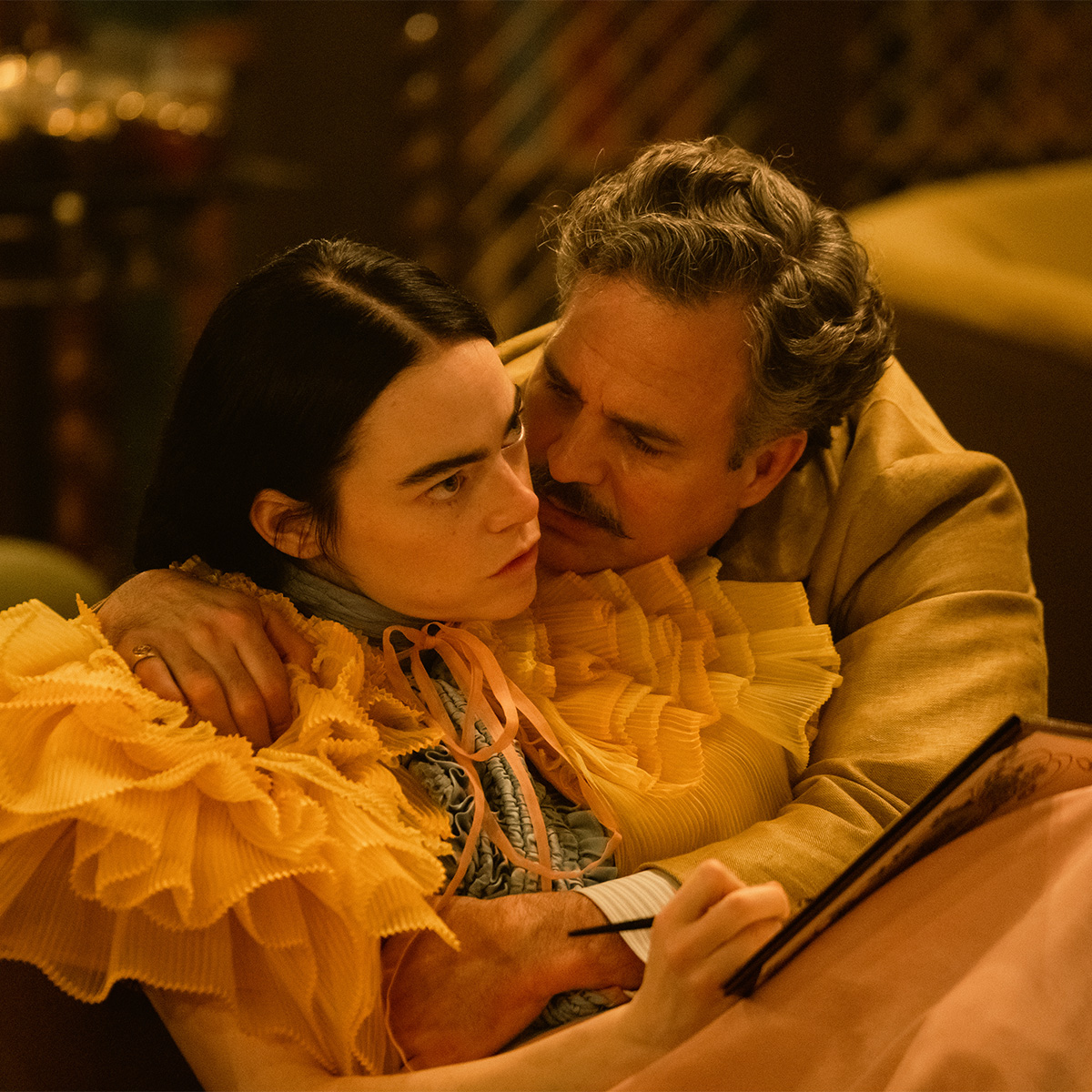
Director Yorgos Lanthimos has created such a visually stunning world with Poor Things. Can you tell me about your early conversations with him about the film and the costume direction in particular?
Yorgos made it clear from the get-go that he had big visual ambitions for the film. He wanted it to have its own strong visual identity, and he was not restrictive at all. He didn’t want the costumes to look too drama-y, too sci-fi, too fashiony, so I knew that I would need to find somewhere in between all of these things. He set me off on my way, really, with the brief to go and explore. He had given me a reference of a young fashion designer that he had found on Instagram who was making these inflatable trousers that really distorted the shape of the leg, and that’s really all he gave me to begin with, and it was like a trigger that led me on a journey to create some quite wild concepts. It was a very rich and interesting process of me gathering imagery and having conversations about the imagery and doing drawings and composites until we had found something that was going to work.
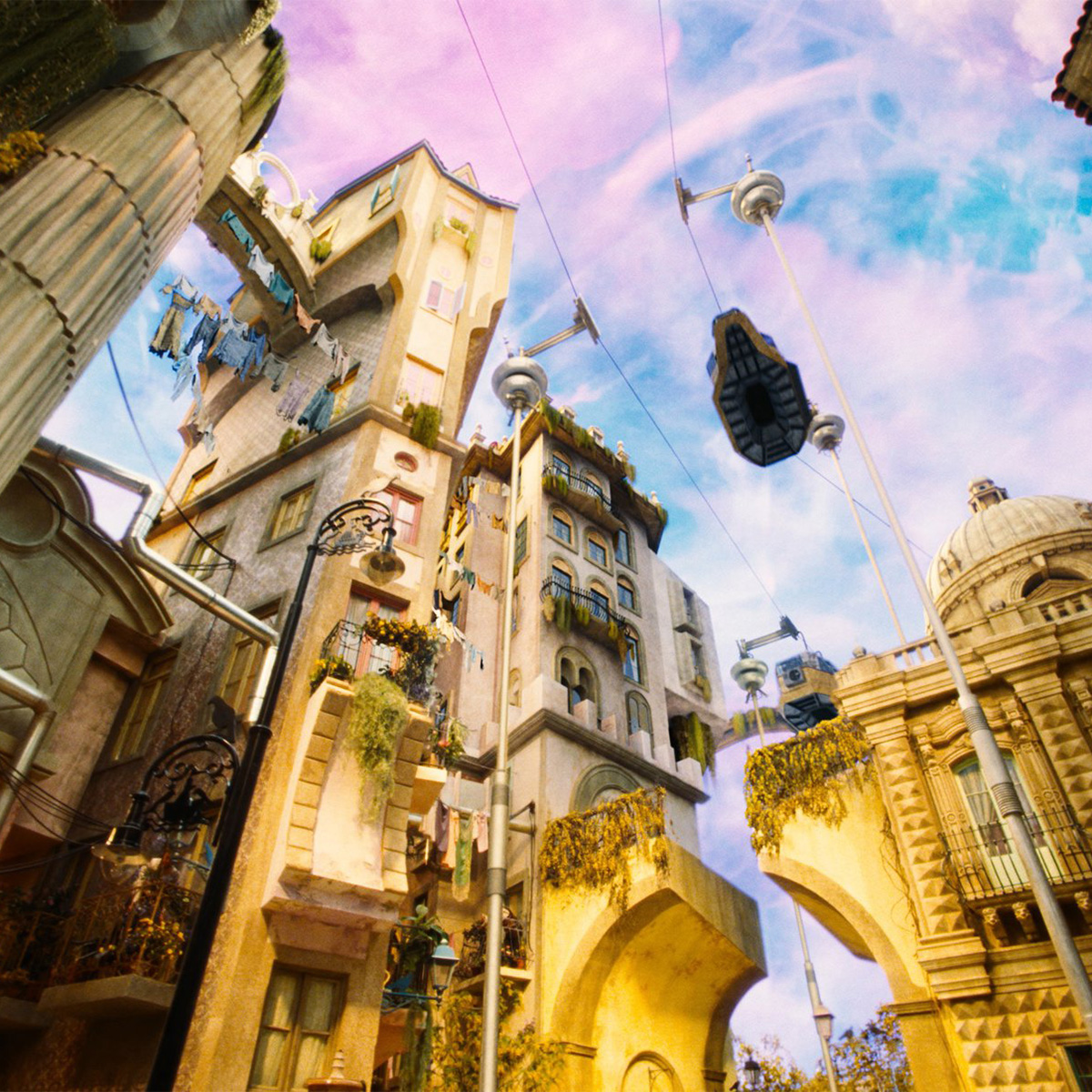
The film is set in the Victorian era, yet there are elements that nod to a futuristic world. How did that play into the wardrobe?
I was always thinking of the late 19th century as a framework for everything because I definitely felt like I could have really done anything. [Yorgos] was open to me suggesting almost anything to him, but I felt that we needed to have a framework, at least. The script actually had a date. It’s set in the 1880s. … If we’re going to cross-reference and look at lots of different periods and mash up lots of different things, [it was important] that we had something to hold it all together. Maybe another designer would have been less committed to a period, but really, it is suspended in the 1890s, and I veer off here and there.
I think the futuristic elements manifest in the use of plastics. If you look at Victorian dresses, they are absolutely encrusted with trimmings and lace and beading and feathers and all of this stuff. I wanted to get rid of all of that and transpose another way of doing the textures. So often, we were working with smocking and ruffles and creating textures that felt really organic. I did work with quite a lot of plastics to achieve that, and they feel inherently modern. I was looking at the fashion designers of the 1960s and early ’70s, and they were really looking at space and the future and making these clothes that felt really optimistic about space travel and the aesthetic of space. For example, Bella has these boots, which are an homage of André Courrèges, and they have a peep toe. It’s not massively sci-fi—just little moments. Also, the big sleeves feel a bit "other" just because of how they are dialed up.
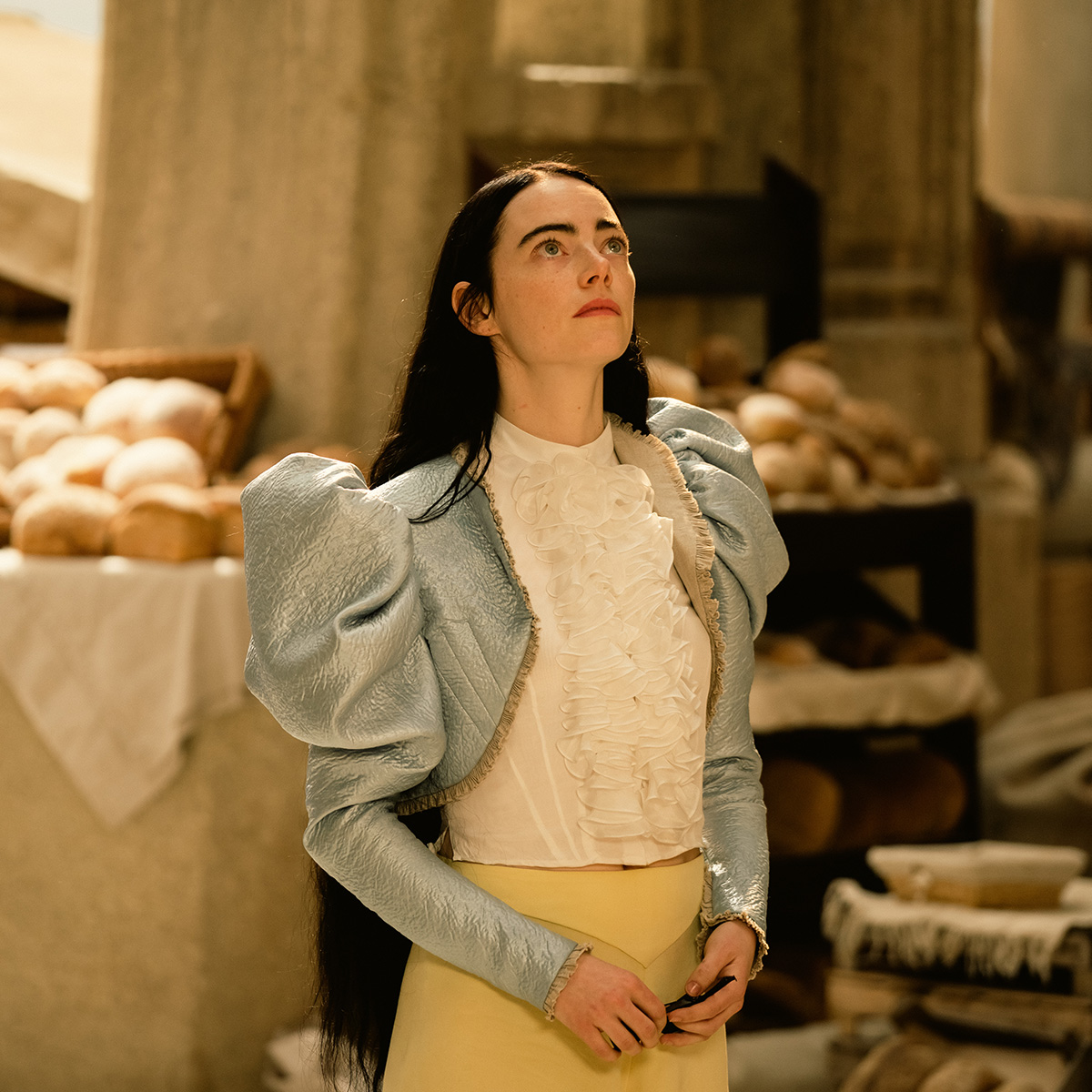
Yes, let’s talk about the big sleeves because that was a big through line with all of Bella’s looks. How did that become the choice for her?
Early on, I had done a lot of concept work, and on my boards were many references of the 1890s, the end of the 19th century. There was this very brief period in the 1890s where they wore these really huge sleeves. I was also looking at earlier periods where sleeves were tight on the arms, so I was giving lots of options and throwing out lots of ideas. It was really Yorgos and [production designer] Shona Heath who really zoomed in on these big sleeves and said, "Look, we really should do these big sleeves. Let’s do that.” It was really them who felt strongly about the big sleeves and wanted to go for that for Bella.
So then we went on this mission to look at sleeves. We had these patterns that we got from Portobello Market. There’s a vintage dealer there who sells Victorian magazines, and in these magazines, there were these patterns where women would have made clothes from them in the 1890s. What was surprising to me was how huge the sleeves really were in the 1890s—much bigger than we often see in films. That’s actually true of lots of periods in dress. When you look at the original source and look at how they actually make their clothes, they’re often very extreme.
We had this initial fitting with [Emma] in Athens about 10 weeks before we started shooting. It was at the point where we were still very much in the pandemic, and it was not going to be possible to go to America to fit her, so we found a middle ground in Athens. I took all of these sleeves that Jo, the pattern cutter, had made, and I was amazed when I got in there. I thought, "We actually need the biggest ones, and we need them even bigger.” We just went for it with the sleeves and made them huge, and that became the defining look. It was also in that fitting that I carefully plotted this wardrobe. I knew that things looking half-dressed would be the way to dress her, so I had lots of different kinds of knickers to try on her. It was really these 1930s knickers that I loved with these big sleeves. They looked really good on her.
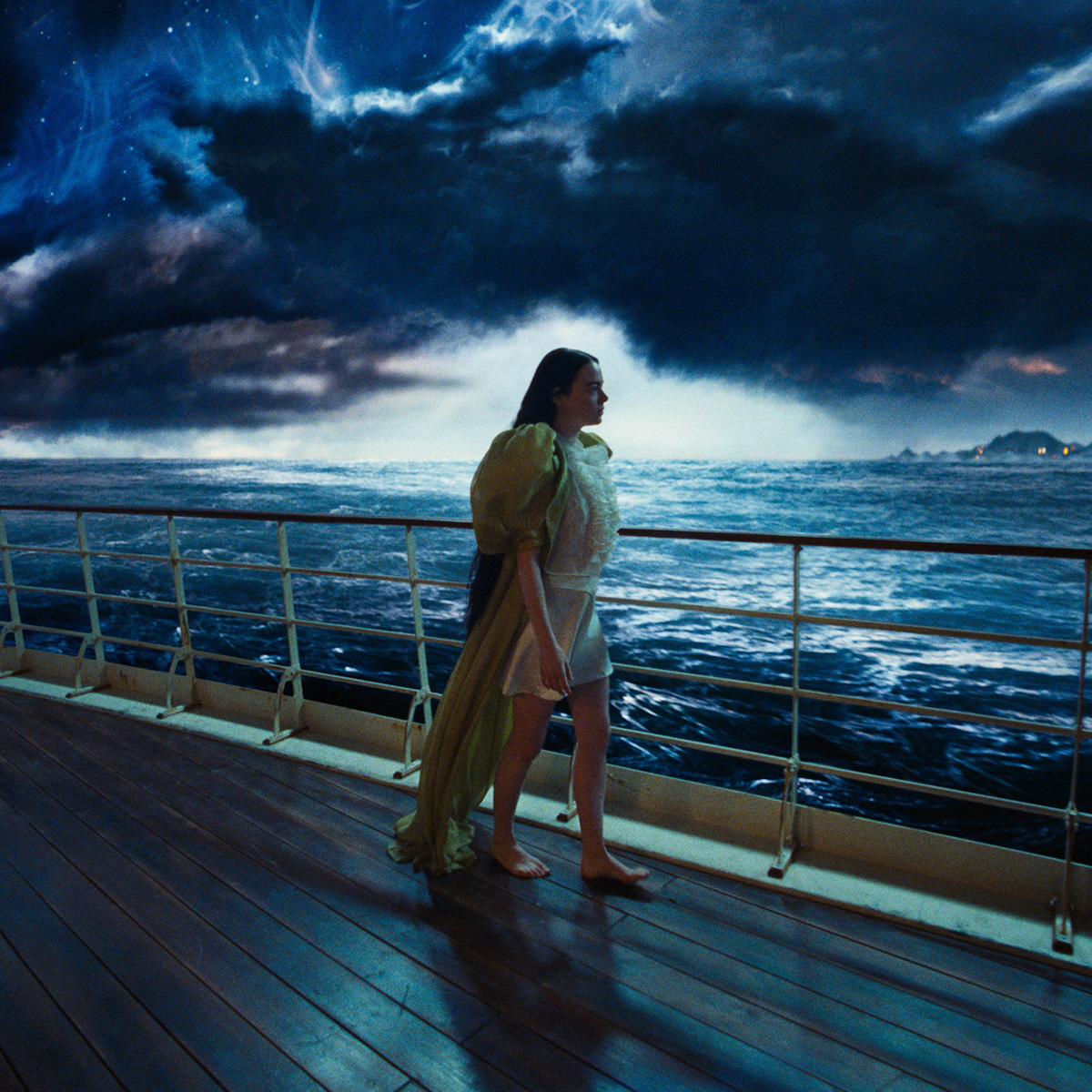
How was working with Emma Stone as a collaborator?
Whatever you throw on her is pretty much going to work. She can inhabit and embody anything, I would say. She is very playful, and she is fun, and she is full-bodied, so in the fitting process—that session in Athens—everything I had she just embraced it and explored it. She’s so willing to explore things and play and try things out. I didn’t have the things we ended up with, but it was like a dressing-up box that I put together with different shapes of knickers, tiny sunglasses—not nice ones, just things to throw out ideas. I liked this idea of getting to see the underpinnings that are in the period of the late 19th century clothes because we never get to see them. I have pictures of her fooling around with this bustle. It was playful, and she brought a lot of ideas to the process.
We didn’t ever put Bella in a corset. That part came from Emma. She felt like this person wouldn’t be able to be corseted. To shackle her would be wrong. It would be too inhibiting and uncomfortable, and that was a good decision. Also, the message conceptually to have her bound, her body forced into a particular shape, is just totally at odds with what Poor Things is all about—her being a liberated woman. She was a dream to work with.
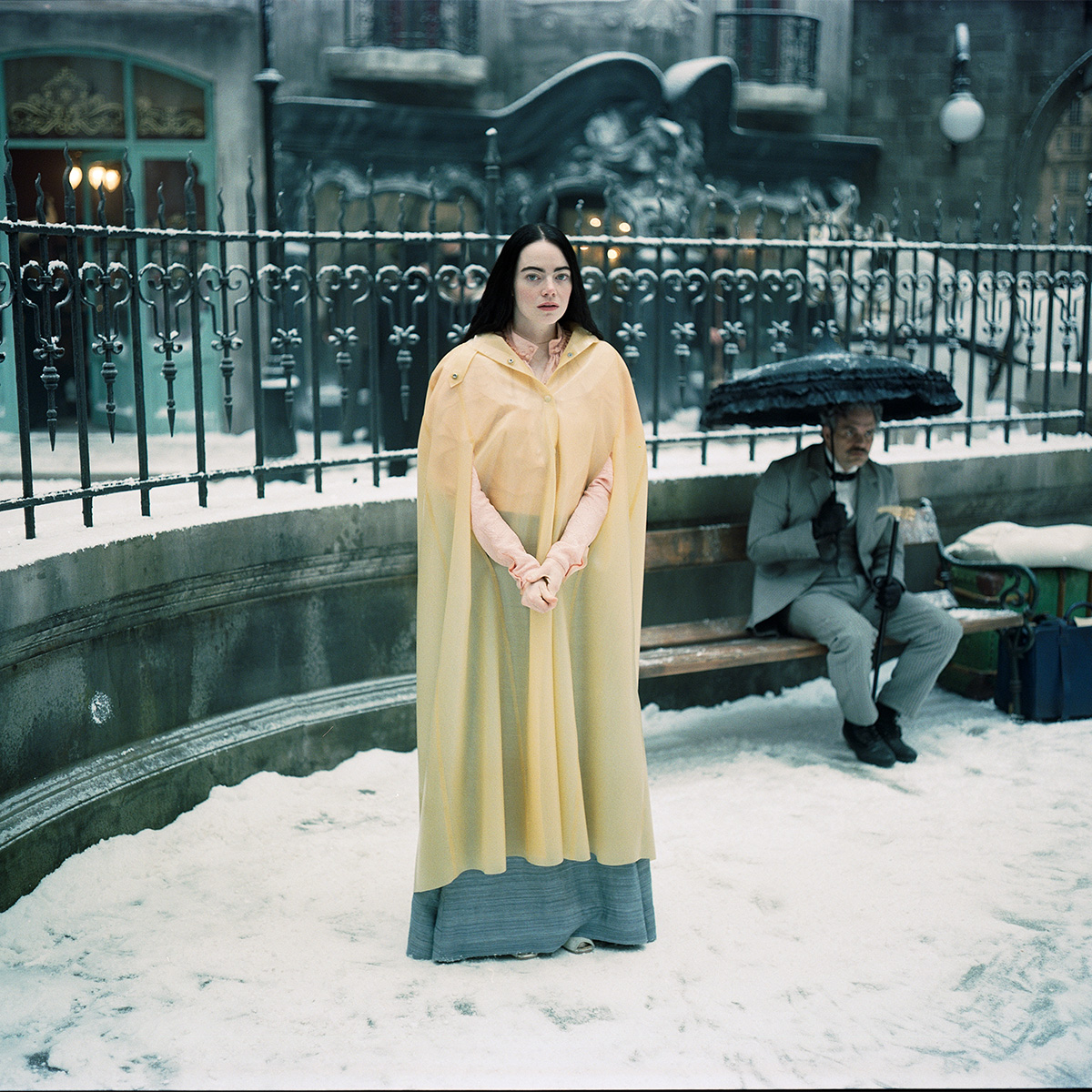
We only see Bella in a more restrained look when she returns to her previous life as Victoria Blessington.
Exactly. The blue dress that she throws herself off the bridge wearing (the blue maternity dress) and this orange-and-aubergine dress that she wears toward the end, these are the clothes of her previous life, and it was important that they were very much at odds with the kind of clothes she wears as Bella Baxter. They needed to be totally different in how they felt and the design of them, the color palette. They’re quite complex shades of blue and orange, and they reference military dress, [and] the person she was before was married to a military general. There is a sailor collar, there is all this metal on the arm, [and] the blue one is referencing a suit of armor in the way the sleeves are articulated.
Bella has so many great looks. One of my favorites was the white look she wore to Alexandria. Which of them is your favorite, and why?
I think my favorite look is probably the blue jacket with the yellow knickers. I just love the moment when she steps out into the street with the yellow pants on. I think it’s quite funny. I also really like the one with that sort of lobster tail that she wears with a huge, thick pink silk blouse that looks like doll clothes and these little funny knickers. I like the looks when she is half-dressed. But I do quite like that white outfit because I think she almost looks like a clown. It’s so over-the-top and massive, and it's ridiculous in the context of what she’s just seen. That’s when she realizes that her life and what they are doing is totally ridiculous when there are people just there living like that.
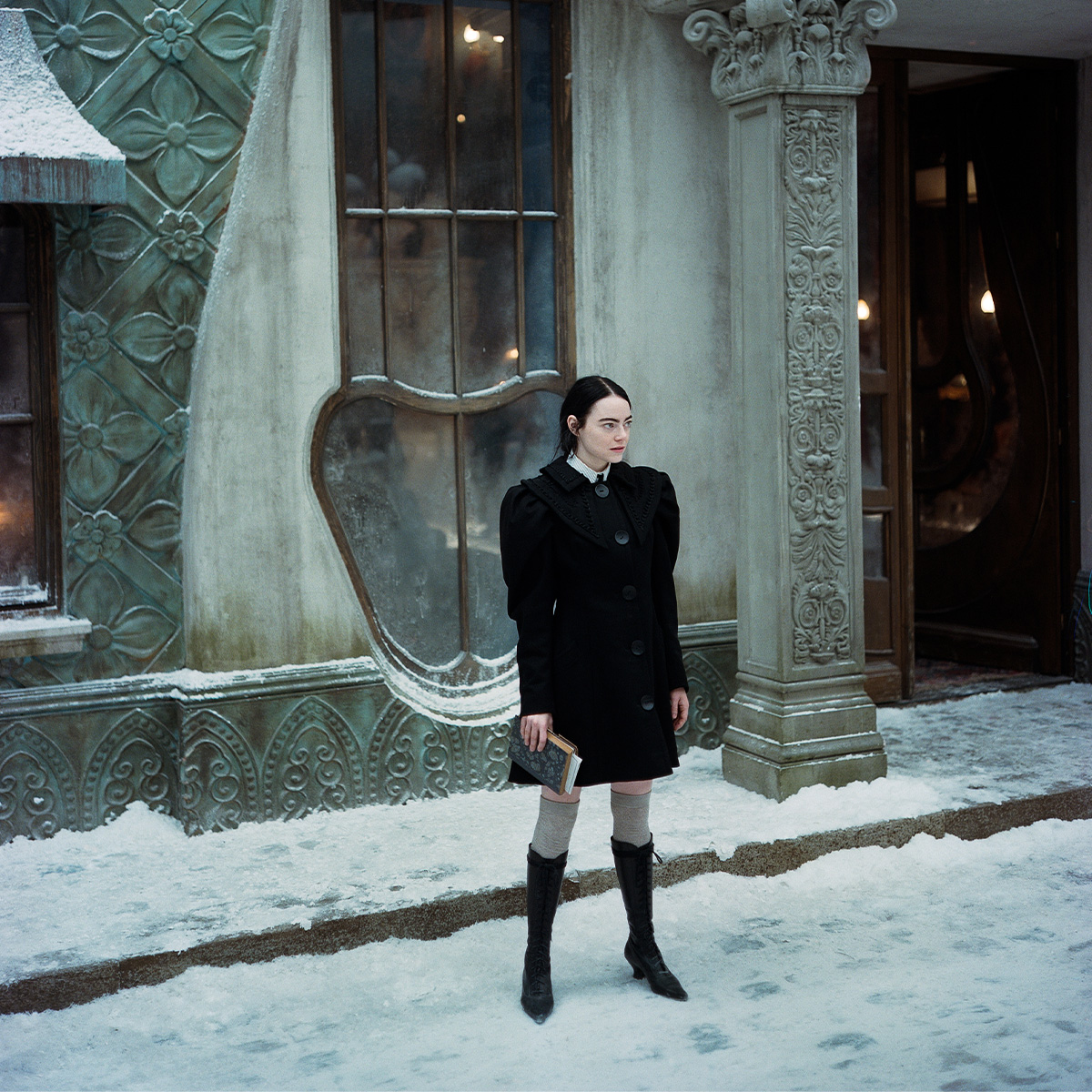
Was there a look that was particularly challenging to bring to life?
Yes, there was a blouse. We called it the "vulnerable blouse.” Oh my god, that was a nightmare. It was made of the thinnest, tissuey silk ever—superfine crumpled, textured silk. It all had to be smocked, so it’s gathered up to create this girly texture, and it was just a nightmare to make it. It took ages. The wedding dress was a piece of work. Jo, who made it with her team, cut it all and worked it out. She said the way they got through it was playing Whitney Houston at two in the morning. It was the night before the wedding, and she was saying, "What can we all agree on that we all like,” and everybody likes Whitney Houston. So they played Whitney Houston trying to get through the last stages of making this wedding dress that had to look like balloons defying gravity, and there was nothing in it to support the shape.
You are only as good as the people who make this stuff. It’s such a collaboration. I come up with the ideas, but they execute it all. Often, they come with ideas, too, just through the process of cutting and making. Lots of things come up through that process.
Poor Things is in theaters now.
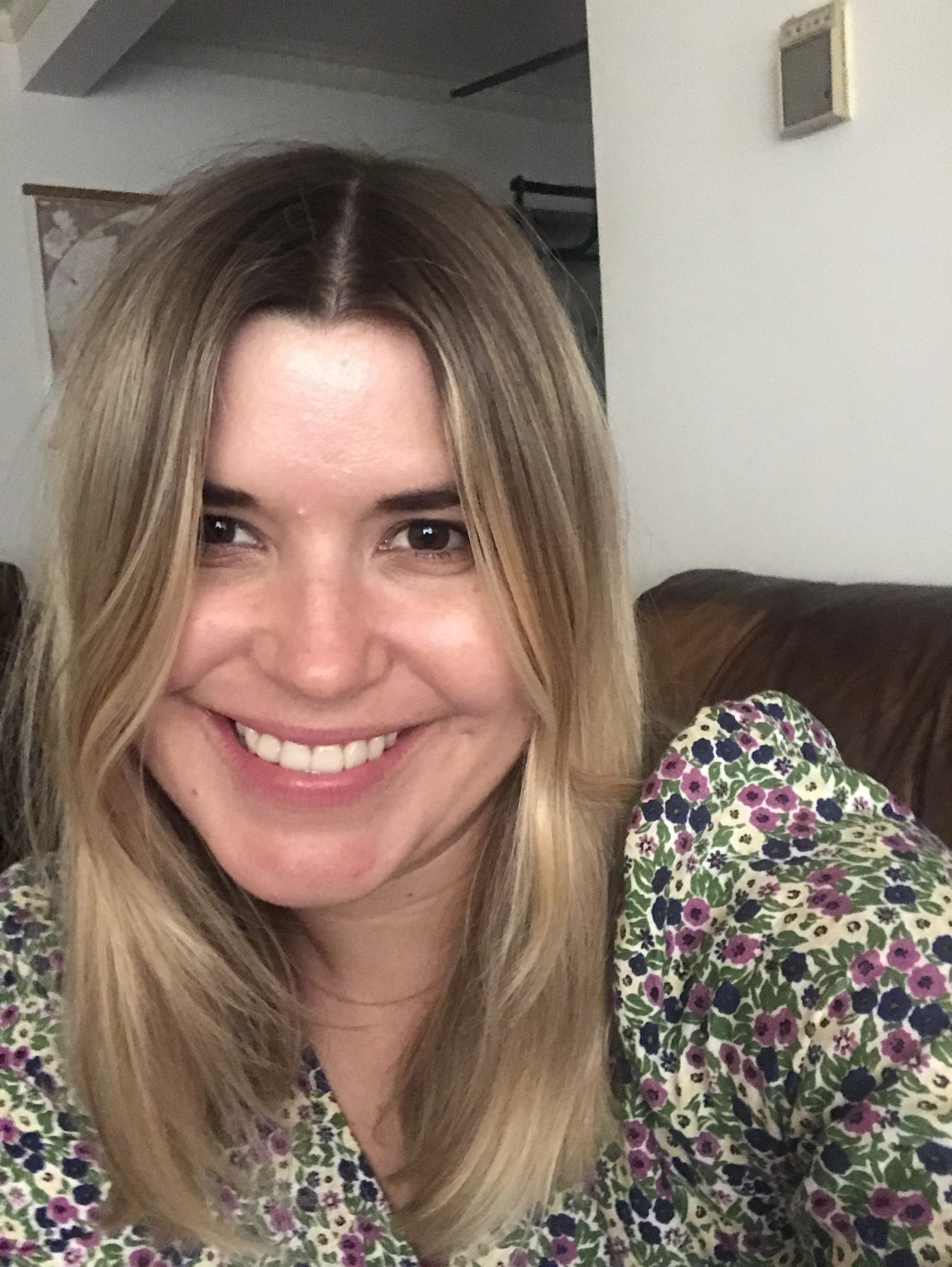
Jessica Baker has 16 years of experience in the digital editorial fashion and entertainment space. She is currently the Executive Director, Entertainment at Who What Wear where she ideates, books, writes, and edits celebrity and entertainment features.